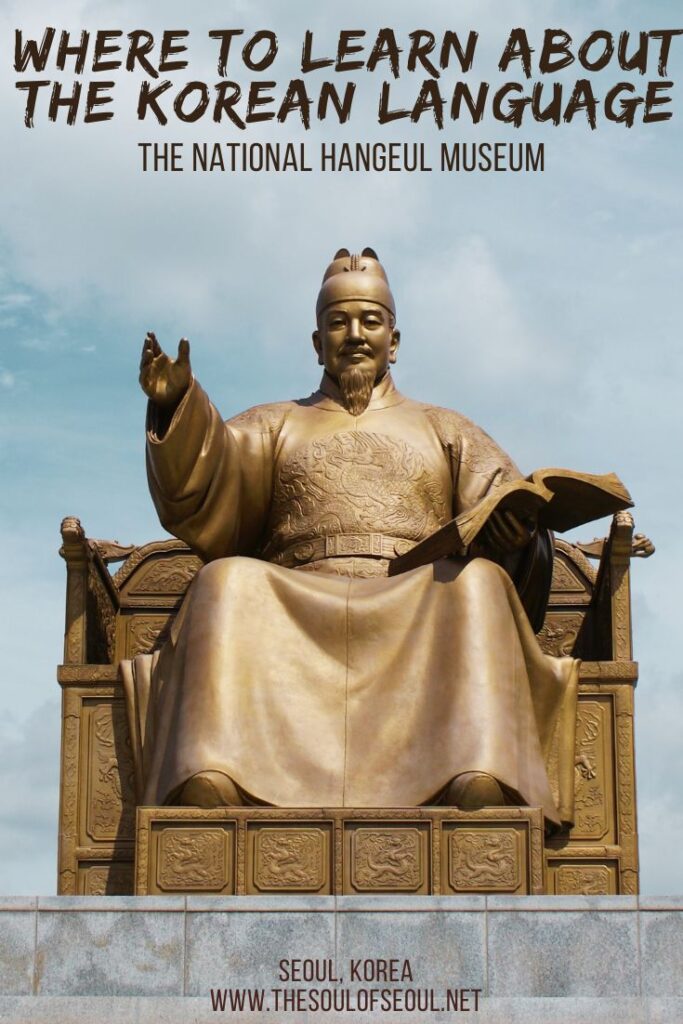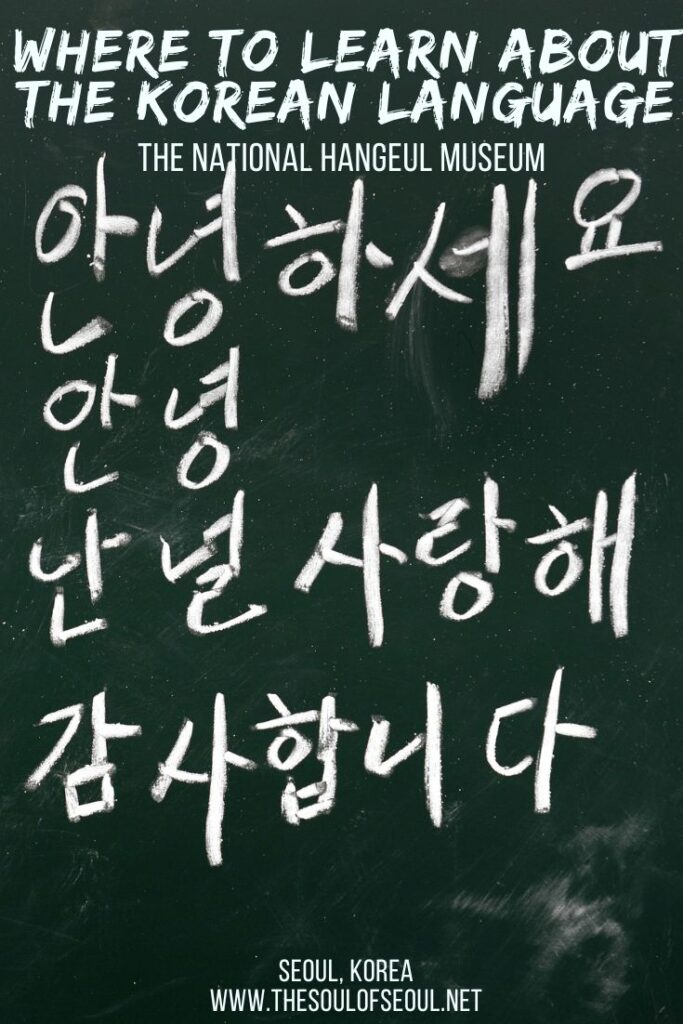The Hangeul Museum: Where To Learn About The Korean Language
Last Updated on April 4, 2024
Do you want to learn more about Hangul, also written Hangeul, the Korean language? You’re in luck if you’re visiting Seoul, Korea as you can find the National Hangeul Museum (국립한글박물관) easily situated just south of the National Museum of Korea. This museum is one of the many free things to do in Seoul and it’s also got a great children’s museum as well.
Should you visit the Hangeul Museum on Hangeul Day though? I would really not recommend it. Here’s what you can look forward to when you do visit though.
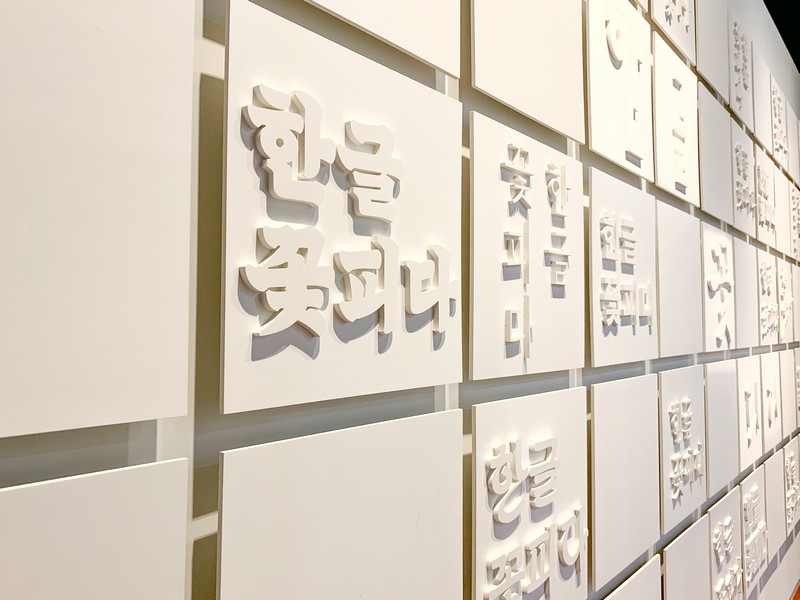
Get ready to learn about Hangul:
- How To Get There
- Basic Info
- What is Hangul?
- How many characters are there in Hangul?
- What To Know About the National Hangeul Museum
- What is Hangeul Day?
(This post contains affiliate links, which means I receive a certain percentage of a sale if you purchase after clicking at no cost to you. Thank you for your support.)
How To Get There
Address: 139 Seobinggo-ro, Yongsan-gu, Seoul (서울특별시 용산구 서빙고로 139)
By Public Transportation: Head out of Ichon Subway Station, exit 2 and walk straight. You’ll come to the Hangeul Museum on your left.
Basic Info
Hours: Monday – Friday, Sunday: 10:00am ~ 6:00pm; Saturday: 10:00am ~ 9:00pm
Days: Closed on January 1, Seollal, and Chuseok holidays. Open on Hangeul Day
Admission: Free
What is Hangul?
Hangul, or Hangeul, is the Korean script that was devised in 1443 by King Sejong who reigned from 1418 to 1450. The 4th king of the Joseon Dynasty wanted to create a script that could be learned more easily and used by all of the people. The original name of the system was “hunminjeongeum” which means “the correct sounds for instructing people”. It was said that a wise man could learn it in a morning and a simpleton in 10 days.
At the time, the ruling class had a dual linguistic life, speaking Korean but using Chinese characters for script. This was difficult for commoners and King Sejong succeeded in creating what linguists describe as “the most perfect phonetic system devised“.
If you’re looking to learn Hangul, check out these great books to learn Korean that I highly recommend or these online Korean courses and information to get you started. It really does only take a few hours to begin reading Hangul.
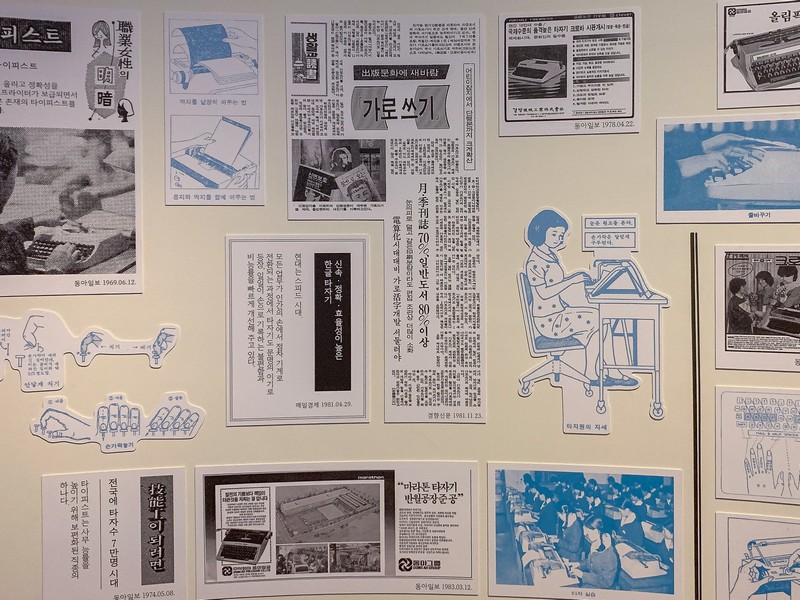
In 1894, King Gojong who reigned from 1863 to 1907 proclaimed Hangul as the official script of the Joseon Dynasty which made it spread even more widely than before. After 1910 when Korea’s sovereignty was lost to Japan, Korean linguists and academic organizations for Korean studies strove to preserve and promote the language by continuing to publish Korean grammar books and texts. Today, you see Hangul everywhere and more than 80 million people worldwide speak the language.
How many characters are there in Hangul?
There are 8 basic characters shaped after objects. This is increased to a total of 28 with a few variations reflecting the Principles of Yin and Yang and the Five Elements.
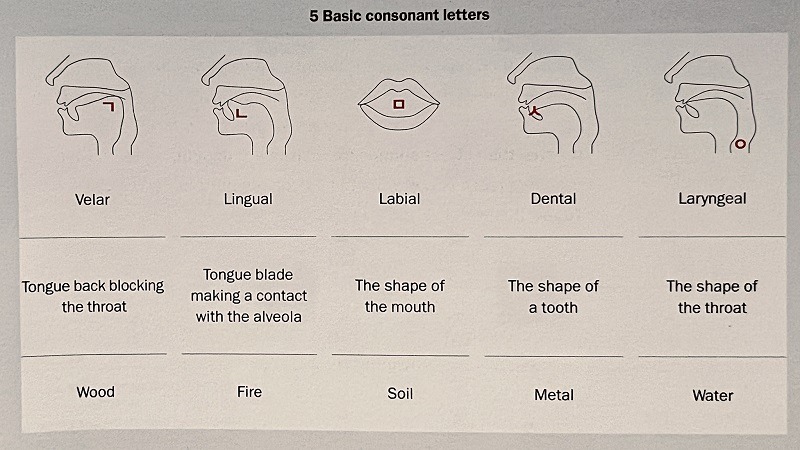
Of the basic 8, 5 consonantal letters: ㄱ|k/g], ㄴ[n], ㅁ[m], ㅅ[s], ㅇ[Ø] depict schematically and respectively, the tongue back, the tongue front, the mouth(lips), the tooth, and the throat. 3 vowel letters depict ‘the sky, the earth, and the human being,’ respectively.
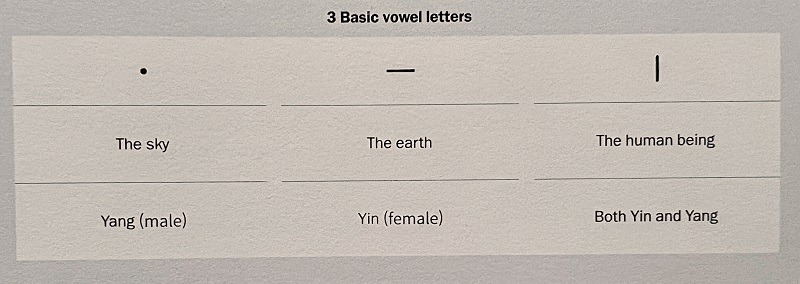
Additional letters come from the basic consonant letters either adding a stroke or varying the shape. These strokes create a harsher sound. Hangul is unique and systematic and the letter shapes reflect the articulation of the sounds of speech. This is just some of what you’ll learn at the Hangeul Museum.
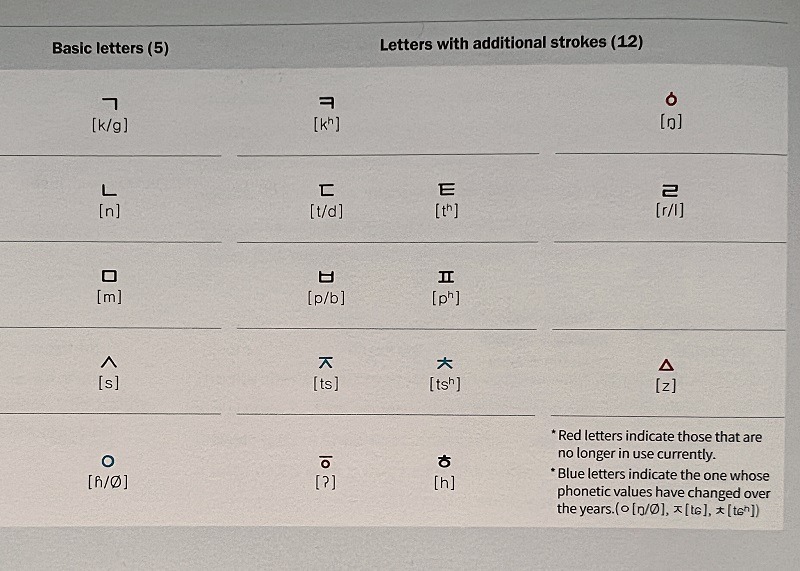
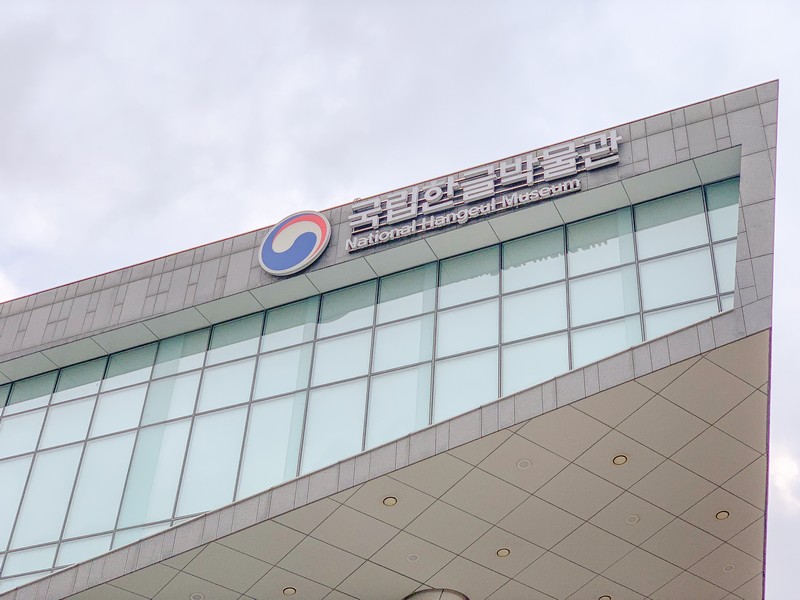
What To Know About the National Hangeul Museum
The National Hangeul Museum was opened in 2014 and collects and preserves materials related to and regarding Hangeul. They seek to showcase the value in Hangeul and the culture so that visitors from near and far understand it more correctly. Exhibitions present the history of Hangeul, the present state of Hangeul and contemplate the future of Hangeul.
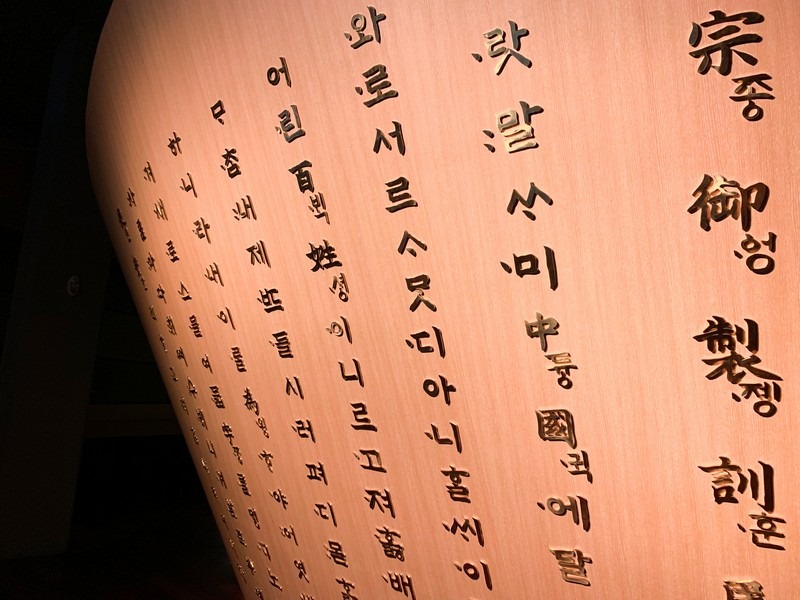
The museum is a fantastic mix of past documents and relics and modern technology to showcase the relevant information to learn. The museum is comprised of a basement level and three levels of information. There is a Hangeul library on the first floor, a permanent exhibition hall, a cafe, and a cultural product shop on the second floor, and a planned exhibition hall and Hangeul playground for children and foreigners on the third floor.
It’s not a gigantic museum so plan to spend just 1 to 2 hours in the museum. On the shorter side if it’s just adults in your group and on the longer side if you’ve got kids in your group.
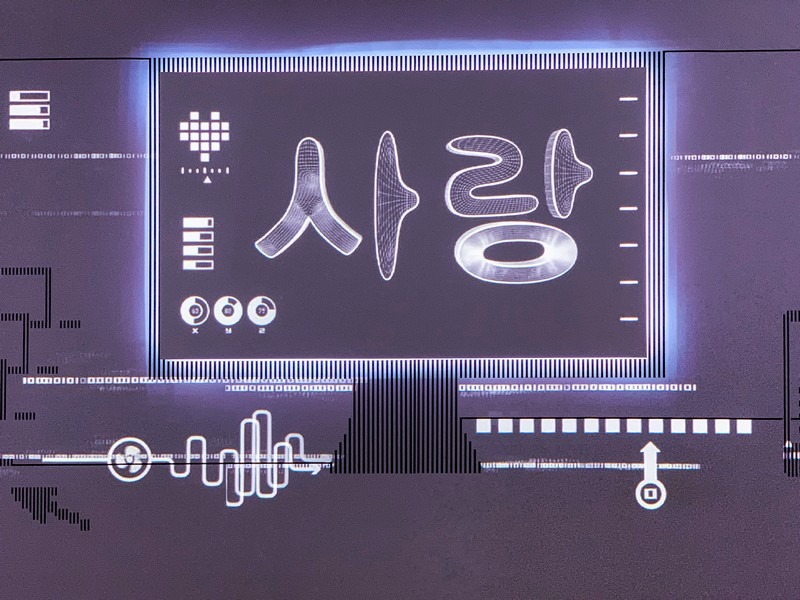
What is Hangeul Day?
Hangeul Day is a national holiday that is celebrated on October 9th every year. Interesting aside, this is also a national holiday in North Korea, but it’s celebrated on January 15th instead. Hangul day has been a national holiday since 1970. While it might make total sense to head to the Hangeul Museum on Hangeul Day, just be prepared for crowds crowds and more crowds. Everyone will have the same idea. It’s not a unique one. You’d get more out of the museum if you visit on any other day in my opinion.
This is just one of the great free museums to visit in Seoul. If you’re interested in more budget friendly travel options in Seoul, check out this guide to the best free things to do in Seoul, Korea.
Did you like this post? Pin IT!
